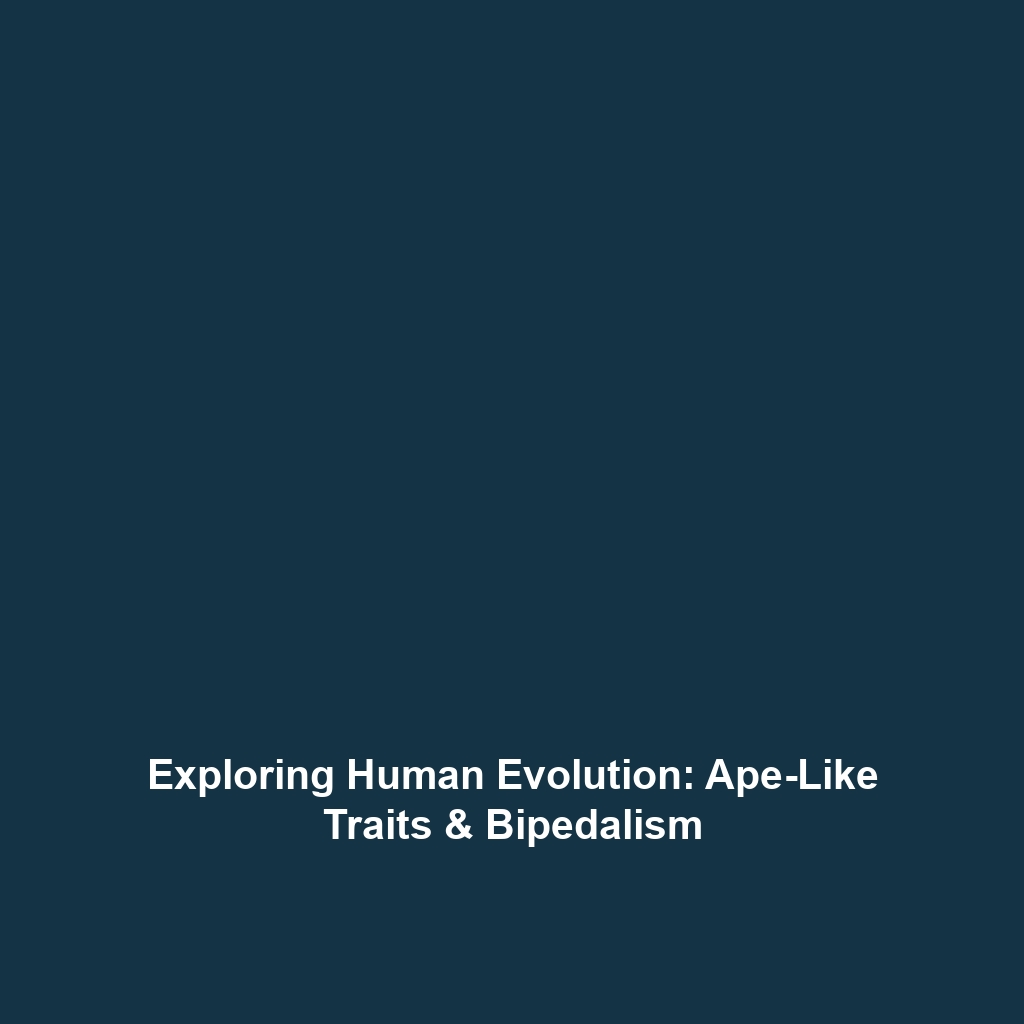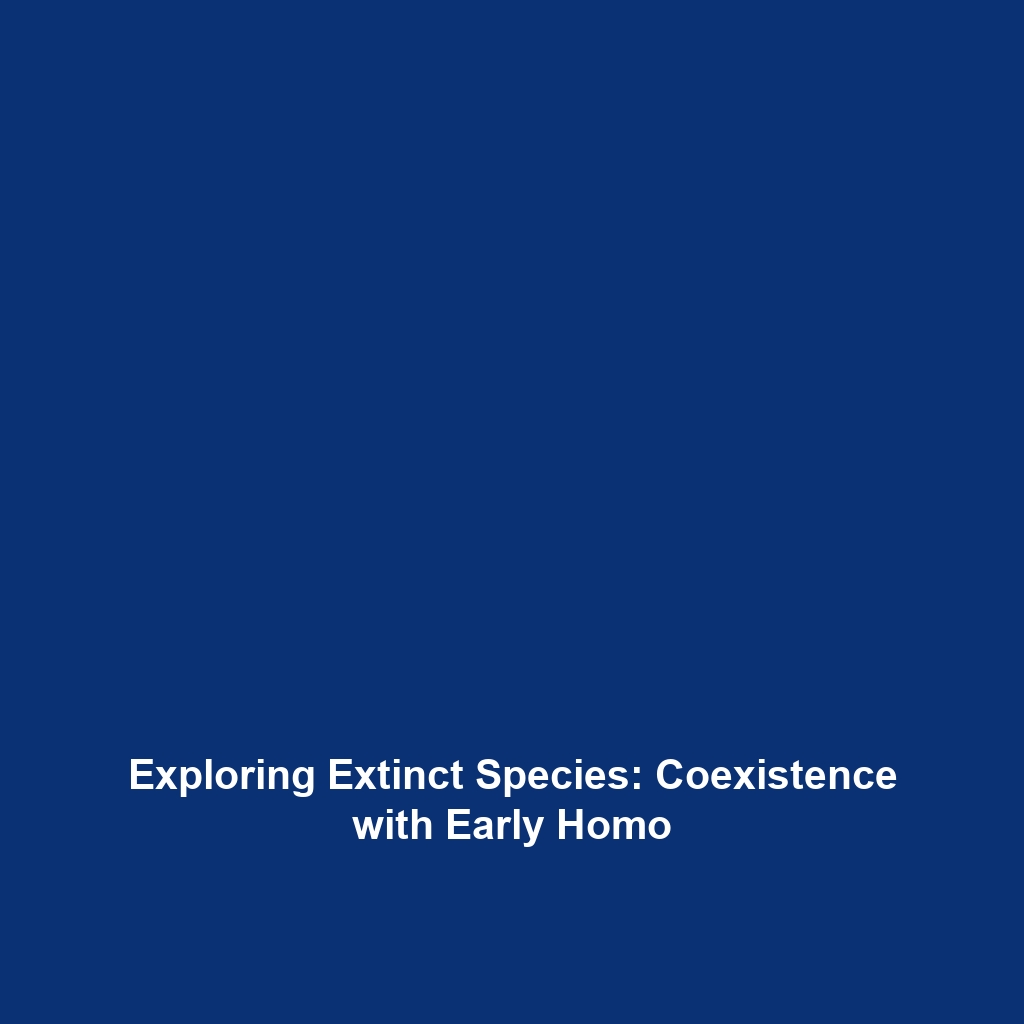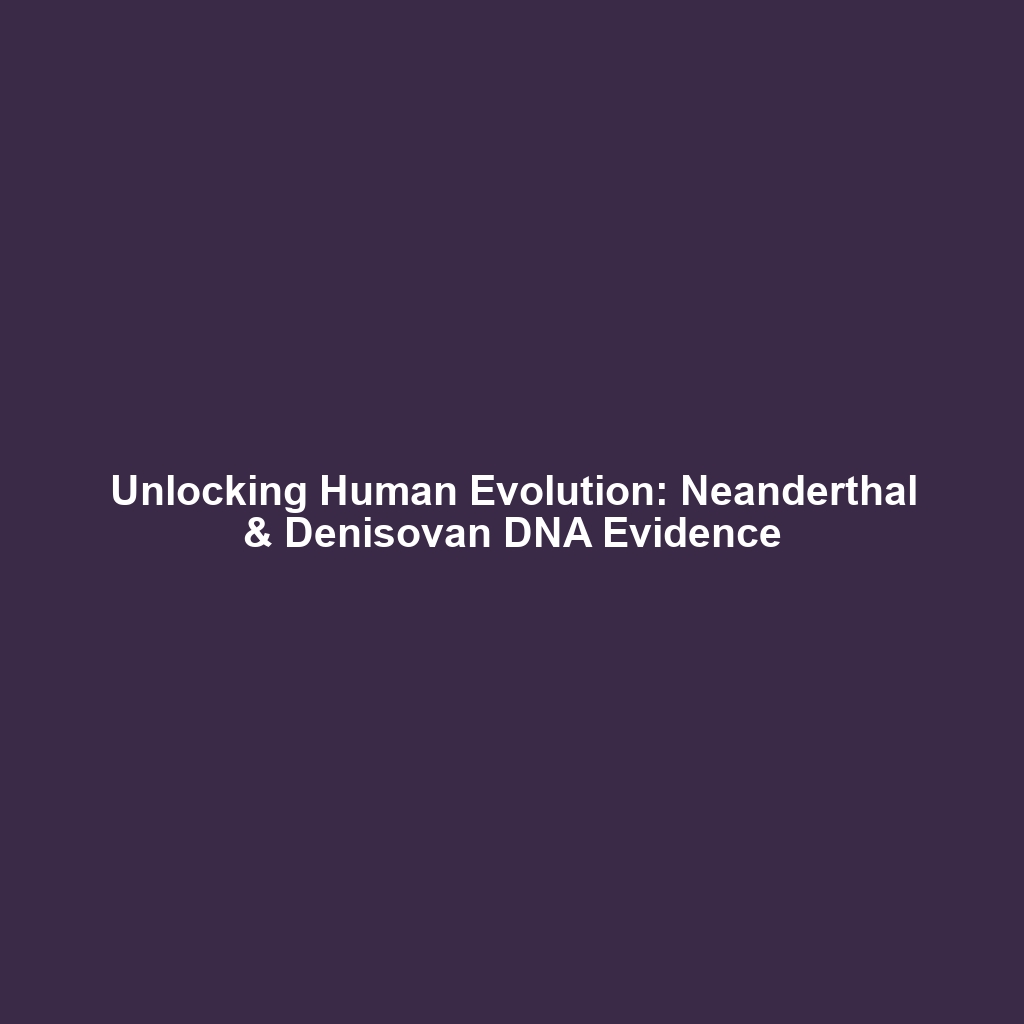First Evidence: Fire Use by Homo Erectus Around 1 Million Years Ago
Introduction
The discovery of fire use by Homo erectus approximately one million years ago marks a pivotal moment in the timeline of human evolution. This significant advancement not only showcases early human ingenuity but also lays the groundwork for social and cultural developments. Understanding how Homo erectus harnessed fire enhances our comprehension of the evolutionary trajectory that led to modern humans. This article will delve into the implications, applications, and ongoing research regarding this critical milestone in human history.
Key Concepts
Archaeological Evidence
The earliest evidence of fire use by Homo erectus primarily comes from archaeological sites in Africa, particularly in regions like Olduvai Gorge and Koobi Fora. Tools and remnants of hearths indicate not only the presence of fire but also its utilization for cooking and warmth.
Evolutionary Significance
The ability to control fire played a crucial role in human evolution. It served as a source of heat, provided protection against predators, and expanded dietary options through cooking, which may have led to better nutrition and brain development.
Applications and Real-World Uses
Fire utilization by Homo erectus has had lasting implications. Below are some key applications:
- Cooking: The heat treatment of food made nutrients more bioavailable.
- Tool Production: Fire was essential in crafting stone tools.
- Social Interaction: Hearths fostered social gatherings, enhancing communication and cultural exchange.
Understanding how fire use transformed early societies helps contextualize the evolution of human behavior and social structures.
Current Challenges
The study of fire use by Homo erectus faces several challenges:
- Inadequate archaeological evidence in some regions complicates historical assessments.
- Difficulty in dating fire-related artifacts accurately poses problems in timeline constructions.
- Interpretational biases may skew findings regarding the social implications of fire use.
Future Research and Innovations
Ongoing research endeavors aim to uncover more about Homo erectus and fire use:
- Advanced Dating Techniques: New technologies such as optically stimulated luminescence (OSL) assist in more accurately dating fire sites.
- Genetic Studies: Research into nutritional benefits of cooked foods is revealing insights into brain development related to fire use.
The future of human evolution research is closely tied to these innovative approaches.
Conclusion
In conclusion, the first evidence of fire use by Homo erectus around one million years ago represents a watershed moment in human evolution. Its implications for dietary advancements, social structures, and technological developments are profound. Continued research into this topic is imperative for understanding our ancestors and the evolution of modern humanity. For further exploration of related subjects such as early human technology and cultural advancements, please visit our other linked articles.









